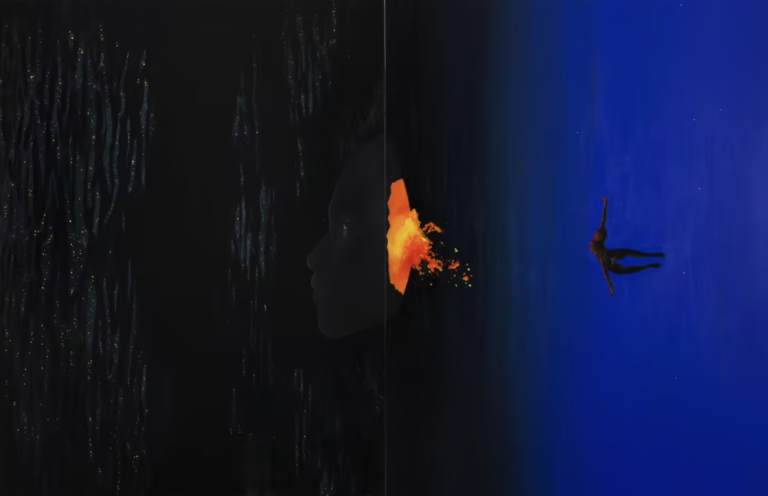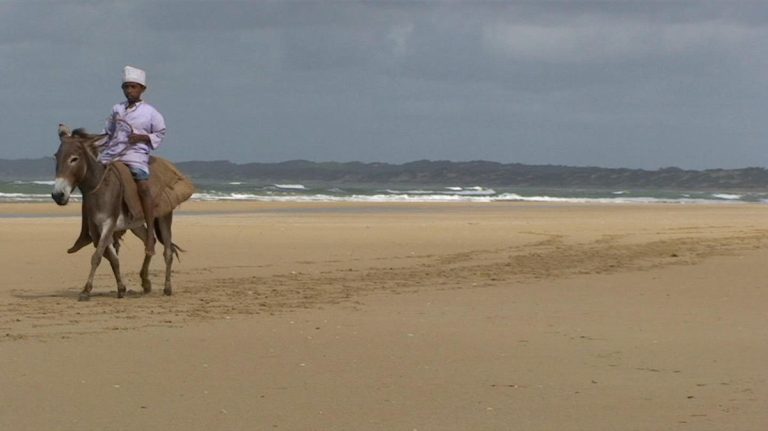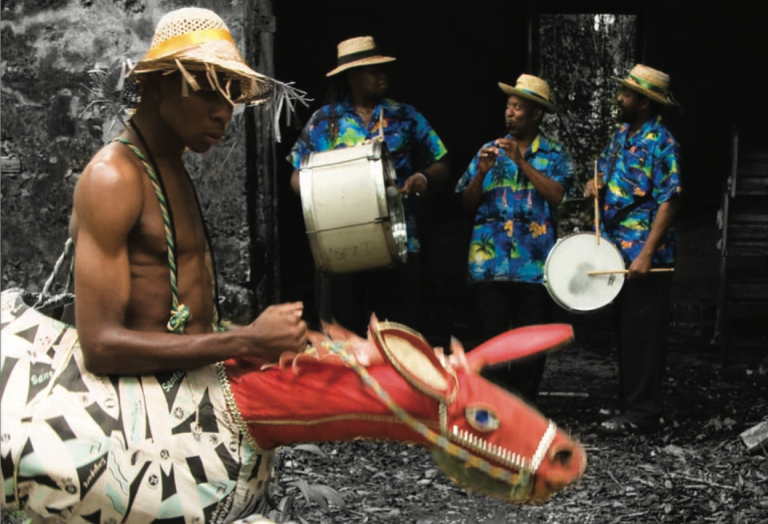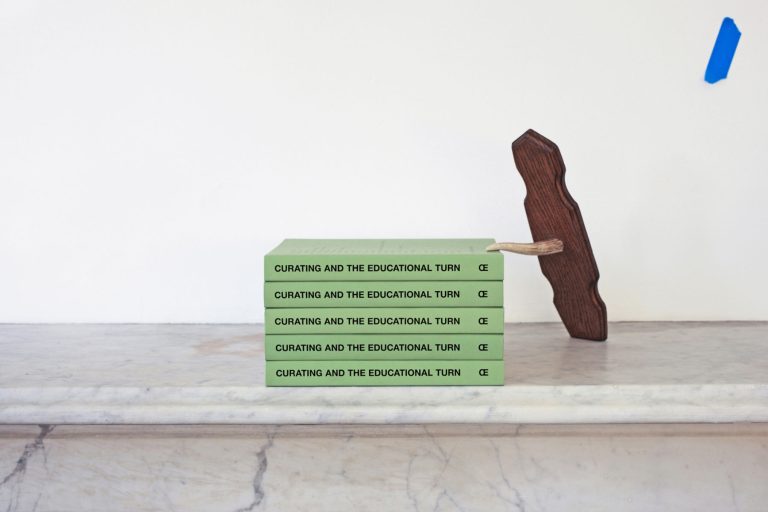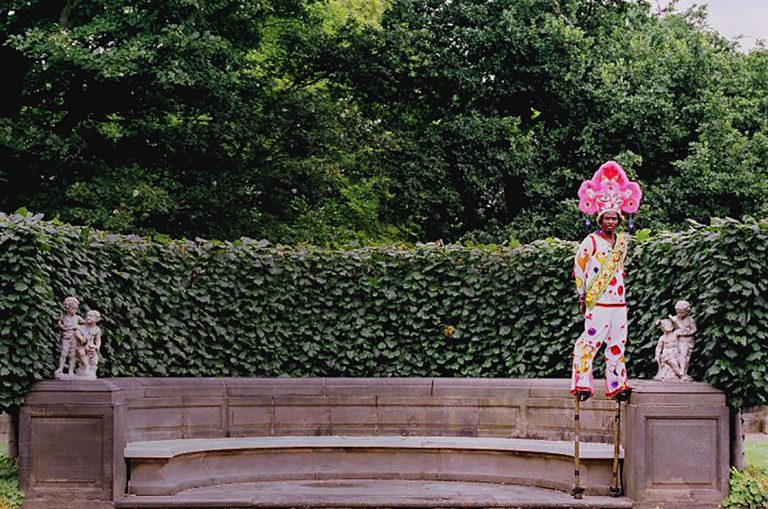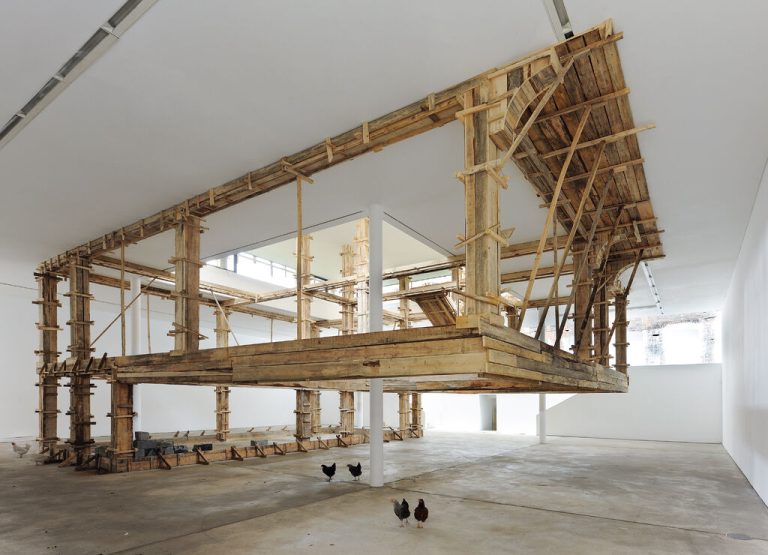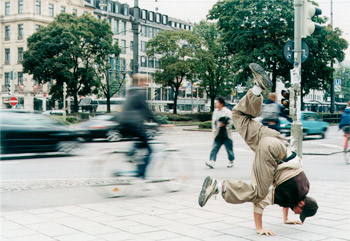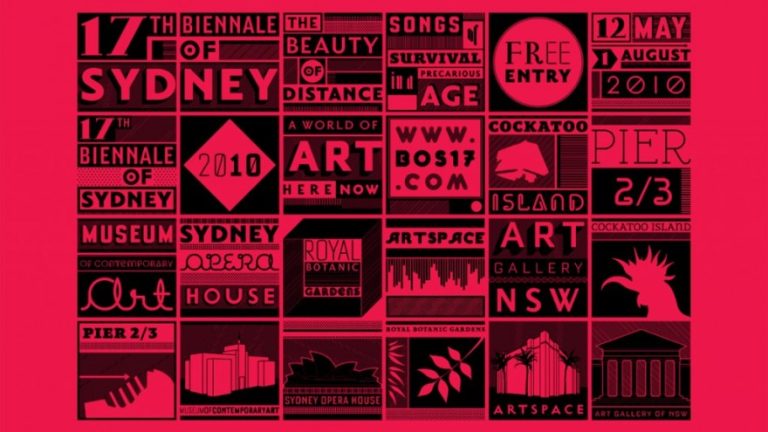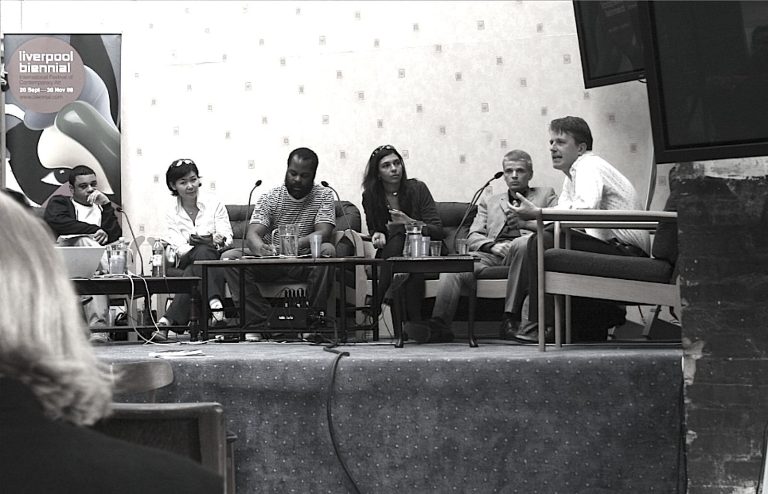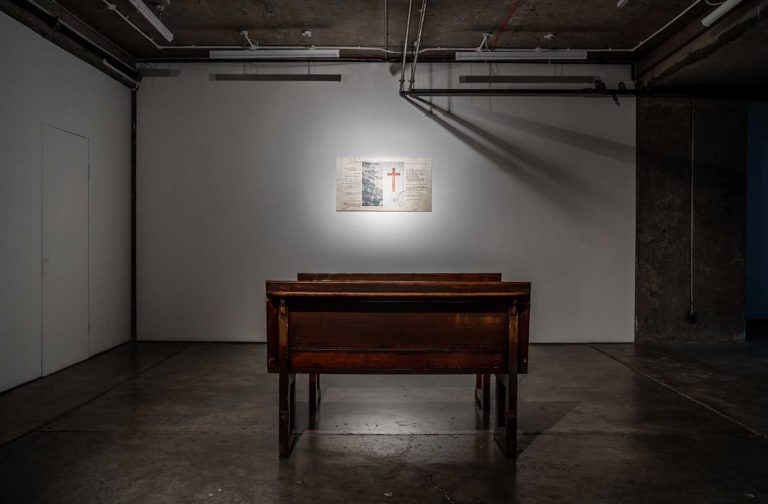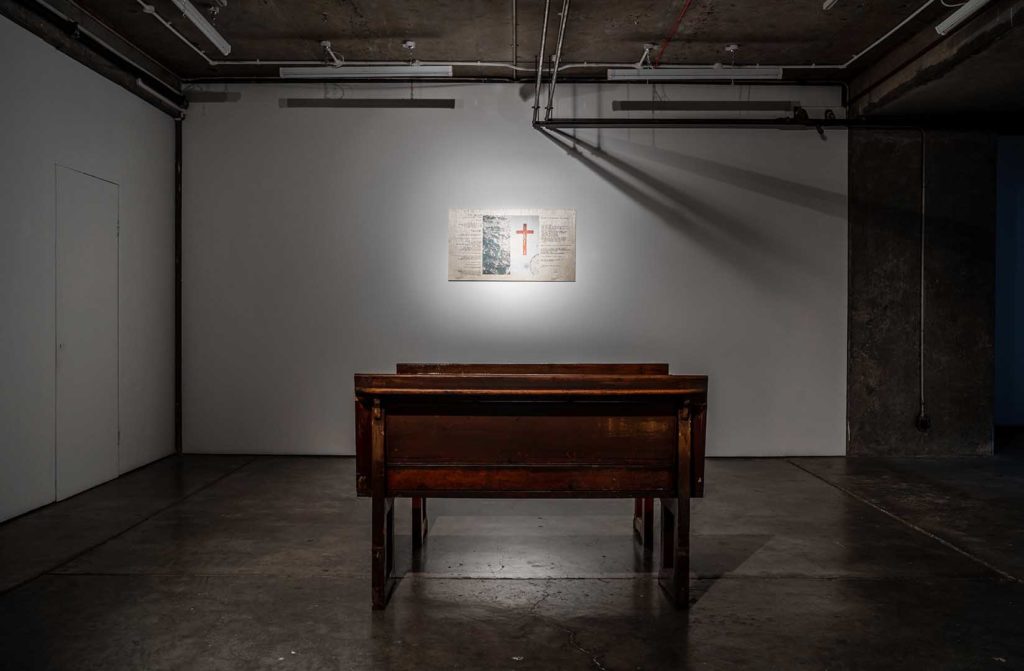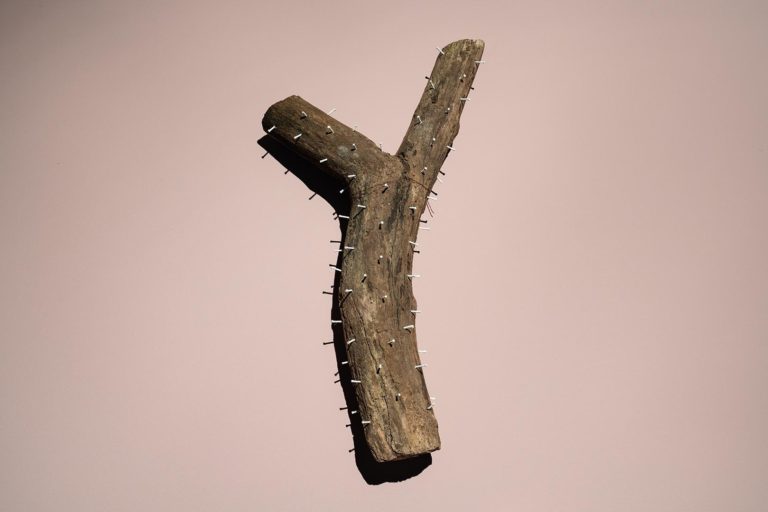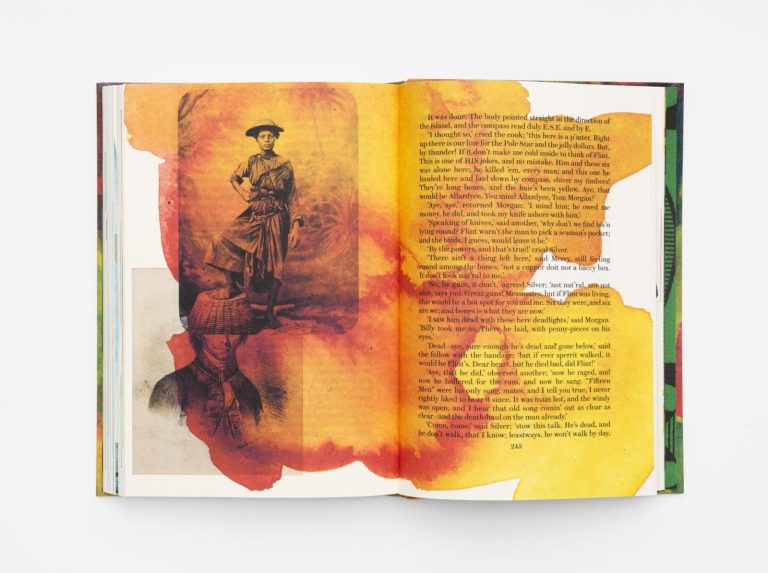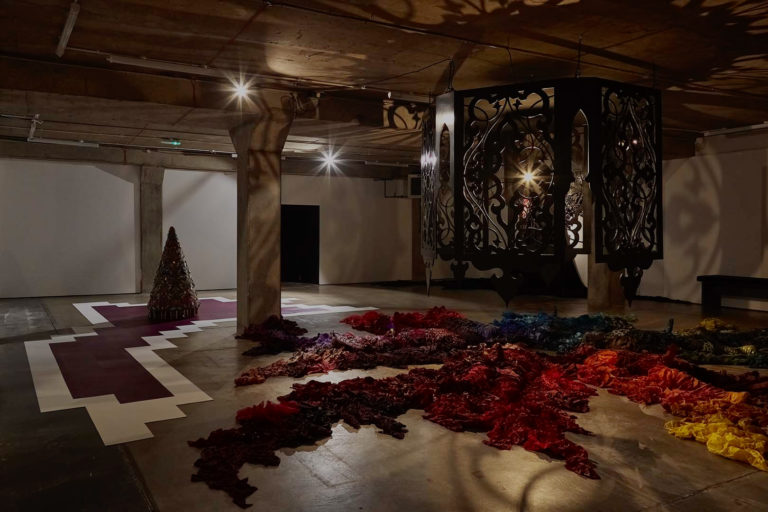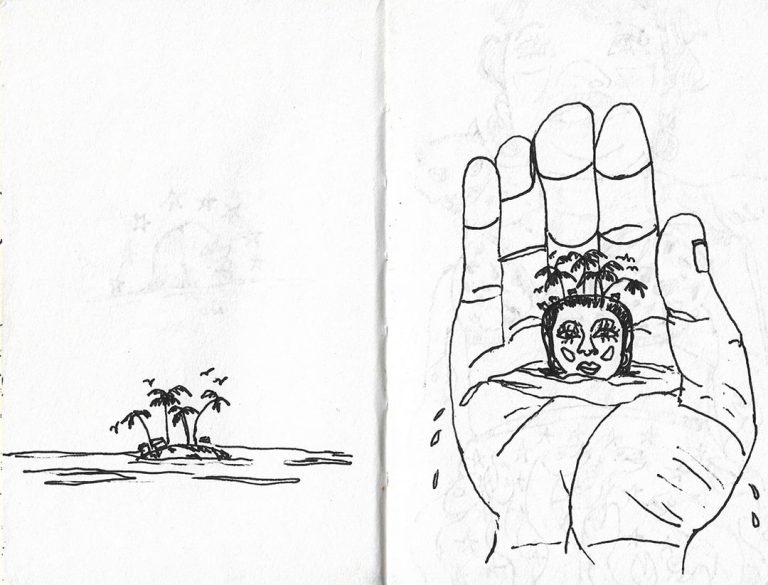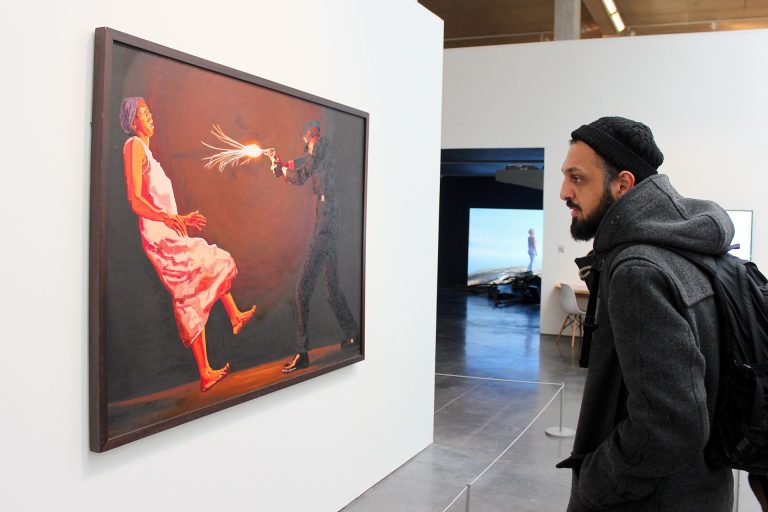Afterimage: Engagements with the Cinematic
Sonia Boyce, Crop Over (2007), video still.
Sonia Boyce, Crop Over (2007), video still.
Dates:
1 Jun 2009 - 1 Nov 2011
People:
Haig Aivazian, John Akomfrah, Florence Alexis, Kitty Anderson, Kader Attia, Roger Ballen, Adelaide Bannerman, Larissa Behrendt, Christian Bertin, Daniel Birnbaum, Sonia Boyce, Enrique Chagoya, Adam Chodzko, Dana Claxton, Brenda Croft, Peter Cross, Alissandra Cummins, Ekaterina Degot, Nadege Derderian, Mike Dibb, Claudio Dicochea, David Elliott, Okwui Enwezor, Elisabetta Fabrizi, Hu Fang, Omer Fast, Mayssa Fattouh, Cao Fei, Bruce Ferguson, Tom Finkelpearl, Karli-Jade Fontiverio-Hylton, Amareswar Galla, Clive Gillman, Kaelen Goldie-Wilson, Leah Gordon, Ronald Graetz, Wiebke Gronemeyer, Anthony Gross, Joe Gumbala, Gonkar Gyatso, Shahira Issa, Kim Jones, Thomas Kilpper, Sally Lai, Gil Leung, Nadia Kaabi Linke, Louise Macmillan, Ngahiraka Mason, Kyla McDonald, Gerald McMaster, Kent Monkman, Laura Mousavi, Djon Mundine, Eleanor Nairne, Simon Njami, Paul O'Neill, Libia Castro and Ólafur Olafsson, Denizhan Ozer, Fiona Pardington, Holly Parotti, Keith Piper, Judy Price, Nigel Prince, James Putnam, Araya Rasdjarmrearnsook, Yasmina Reggad, Sheena Rose, Barbara J. Scheuermann, Andrea Schlieker, Zineb Sedira, Ruti Sela, Teka Selman, Alice Sharp, Wael Shawky, Tina Sherwell, Ben White and Eileen Simpson, Gary Stewart, Megan Tamati-Quennell, Pier Luigi Tazzi, Gary Thomas, Allison Thompson, Fred Tomaselli, Pier Vegner Tosta, Tom Trevor, Nasan Tur, Mark Waugh, Clemens von Wedemeyer, Ming Wong, Campbell X, Haegue Yang. View 85 more
Location:
Venice, Istanbul, Bridgetown, Alexandria, London, Amsterdam, Sydney, Berlin, Bristol
Between 2009 and 2011 ICF was involved in the presentation of a series of symposia, screenings, talks, masterclasses and studio visits across the world under the curatorial framing of an unfolding programme titled After Image.
Under the umbrella of this programme, ICF collaborated with many international partners and funders to deliver the following: a symposium during the 2009 Venice Biennale on the occasion of Steve McQueen’s exhibition in the British Pavilion featuring panelists such as John Akomfrah and Teka Selman; a symposium to mark the opening of the exhibition Journeys With No Return which coincided with the 2009 Istanbul Biennial including panelists such as Adam Chodzko and Zineb Sedira; the collaborative symposium ‘Caribbean Curatorship and National Identity’ presented in Barbados featuring a keynote address by Okwui Enwezor and presentations by panelists such as Keith Piper and Tom Finkelpearl; a Curators’ Workshop during the 2009 Alexandria Biennial with 19 participating curators such as Andrea Schlieker and Yasmina Reggad and presentations from exhibiting artists Wael Shawky and Nadia Kaabi Linke; events in London and Amsterdam to launch the publication Curating & the Educational Turn edited by Paul O’Neil and Mick Wilson; a symposium during the opening of the 2010 Sydney Biennale titled The Beauty of Distance: Songs of Survival in a Precarious Age featuring panelists such as Biennale Artistic Director David Elliott, Simon Njami, Cao Fei and Kader Attia; studio visits and presentations during the 2010 Berlin Biennale featuring participants such as Sally Lai and Omer Fast; and a public programme presented at the Arnolfini in Bristol including screenings, talks and masterclasses by participants like Sonia Boyce, Christian Bertin and Gary Stewart.
Ultimately over 90 creative practitioners were engaged through the programme across 9 cities.
People:
Haig Aivazian, John Akomfrah, Florence Alexis, Kitty Anderson, Kader Attia, Roger Ballen, Adelaide Bannerman, Larissa Behrendt, Christian Bertin, Daniel Birnbaum, Sonia Boyce, Enrique Chagoya, Adam Chodzko, Dana Claxton, Brenda Croft, Peter Cross, Alissandra Cummins, Ekaterina Degot, Nadege Derderian, Mike Dibb, Claudio Dicochea, David Elliott, Okwui Enwezor, Elisabetta Fabrizi, Hu Fang, Omer Fast, Mayssa Fattouh, Cao Fei, Bruce Ferguson, Tom Finkelpearl, Karli-Jade Fontiverio-Hylton, Amareswar Galla, Clive Gillman, Kaelen Goldie-Wilson, Leah Gordon, Ronald Graetz, Wiebke Gronemeyer, Anthony Gross, Joe Gumbala, Gonkar Gyatso, Shahira Issa, Kim Jones, Thomas Kilpper, Sally Lai, Gil Leung, Nadia Kaabi Linke, Louise Macmillan, Ngahiraka Mason, Kyla McDonald, Gerald McMaster, Kent Monkman, Laura Mousavi, Djon Mundine, Eleanor Nairne, Simon Njami, Paul O'Neill, Libia Castro and Ólafur Olafsson, Denizhan Ozer, Fiona Pardington, Holly Parotti, Keith Piper, Judy Price, Nigel Prince, James Putnam, Araya Rasdjarmrearnsook, Yasmina Reggad, Sheena Rose, Barbara J. Scheuermann, Andrea Schlieker, Zineb Sedira, Ruti Sela, Teka Selman, Alice Sharp, Wael Shawky, Tina Sherwell, Ben White and Eileen Simpson, Gary Stewart, Megan Tamati-Quennell, Pier Luigi Tazzi, Gary Thomas, Allison Thompson, Fred Tomaselli, Pier Vegner Tosta, Tom Trevor, Nasan Tur, Mark Waugh, Clemens von Wedemeyer, Ming Wong, Campbell X, Haegue Yang. View 85 more
Between 2009 and 2011 ICF was involved in the presentation of a series of symposia, screenings, talks, masterclasses and studio visits across the world under the curatorial framing of an unfolding programme titled After Image.
Under the umbrella of this programme, ICF collaborated with many international partners and funders to deliver the following: a symposium during the 2009 Venice Biennale on the occasion of Steve McQueen’s exhibition in the British Pavilion featuring panelists such as John Akomfrah and Teka Selman; a symposium to mark the opening of the exhibition Journeys With No Return which coincided with the 2009 Istanbul Biennial including panelists such as Adam Chodzko and Zineb Sedira; the collaborative symposium ‘Caribbean Curatorship and National Identity’ presented in Barbados featuring a keynote address by Okwui Enwezor and presentations by panelists such as Keith Piper and Tom Finkelpearl; a Curators’ Workshop during the 2009 Alexandria Biennial with 19 participating curators such as Andrea Schlieker and Yasmina Reggad and presentations from exhibiting artists Wael Shawky and Nadia Kaabi Linke; events in London and Amsterdam to launch the publication Curating & the Educational Turn edited by Paul O’Neil and Mick Wilson; a symposium during the opening of the 2010 Sydney Biennale titled The Beauty of Distance: Songs of Survival in a Precarious Age featuring panelists such as Biennale Artistic Director David Elliott, Simon Njami, Cao Fei and Kader Attia; studio visits and presentations during the 2010 Berlin Biennale featuring participants such as Sally Lai and Omer Fast; and a public programme presented at the Arnolfini in Bristol including screenings, talks and masterclasses by participants like Sonia Boyce, Christian Bertin and Gary Stewart.
Ultimately over 90 creative practitioners were engaged through the programme across 9 cities.
Dates:
1 Jun 2009 - 1 Nov 2011
Location:
Venice, Istanbul, Bridgetown, Alexandria, London, Amsterdam, Sydney, Berlin, Bristol
After Image
Participants: John Akomfrah, Daniel Birnbaum, Clive Gillman, Teka Selman, Allison Thompson & Mark Waugh
Date: June 2009
Location: Venice Biennale, Venice, Italy
Format: Symposium
Supported by: British Council, Arts Council England and engage, the National Association for Gallery Education
This event was ICF’s inaugural dialogue in a series of events addressing platforms of production and exhibition of the moving image, that is to be continued at the Istanbul Biennial in September and during London Film Festival in October of 2009.
In celebration of the work of Steve McQueen the symposium asked a distinguished panel to reflect on the ways in which the contemporary moving image has become radicalised as a medium of democratic artistic enquiry. In 2009 Steve McQueen presented a work in the British Pavilion which generated considerable international expectation. Will his exhibition reflect the desire of the Director of the 53rd International Venice Art Exhibition, Daniel Birnbaum, to explore through Making Worlds, the production of ‘vision’ or the projection of a world seen and modeled through the work of art?
In particular ICF was interested in discussing how artists have engaged with the mainstream processes of production in cinema whilst retaining their aesthetic and political edge. Does this dialogue between cinema, gallery and digital platforms challenge the curator to find new ways to make the staging of vision memorable? The focus of the discussion would focus on Steve McQueen and his work in the gallery and cinema.
Journeys With No Return
Istanbul participants: Peter Cross, Alice Sharp, Adam Chodzko, Zineb Sedira and Denizhan Ozer
London participants: Edgar Schmitz (Goldsmith College, London), Lisa Le Feuvre (Writer and Curator), Irit Rogoff (Professor of Visual Culture at Goldsmiths College, a theorist, curator and organiser), Adam Chodzko (artist) and Dr. Mark Nash (Head of Department for Curating Contemporary Art, Royal College of Art)
Dates: 12 September 2009 & 19 February 2010
Locations: Akbank Culture & Arts Centre, Istanbul & A Foundation London
Format: Symposia
ICF’s activity during the 2009 Istanbul Biennial was an international symposium for the launch of the ‘Journeys With No Return’ exhibition at Akbank Culture & Arts Centre that coincided with the opening of the 11th Istanbul Biennial, ‘What Keeps Mankind Alive?’
‘Journeys With No Return’ was designed to investigate Istanbul and its history both as a departure point and host for migration, while simultaneously linking the city with a wider discourse on this topic. The symposium on 12 September 2009, during the opening weekend, theorised this investigation.
The successful outcome of this collaboration in Istanbul was the development of a symposium in London on 19 February 2010 at the A Foundation, London in collaboration with Goethe Institut. It aims to address the themes of the exhibition, how culture is transformed through migration and the influence of Turkish migration on contemporary practitioners.
About the exhibition:
Participating artists: Nevin Aladag, Zineb Sedira, Adam Chodzko, Olaf Metzel, Denizhan Ozer, Clemens von Wedemeyer, Olaf Nicolai, Ergin Cavusoglu, Melanie Manchot, Asli Sungu, Kiran Kaur Brar and Nasan Tur.
Curators: Alice Sharp, Peter Cross and Levent Calikoglu
Exhibition organiser: Denizhan Ozer
Inspired by the celebrated Turkish writer and political figure Nazim Hikmet’s book of poems Journeys With No Return, this project explores reflections of Turkish migration on contemporary art.
Twelve artists from Germany, Great Britain and Turkey uncover themes around Turkish migration over the last 50 years in works that are new to UK audiences – six of which are unveiled for the first time. The artists balance the local with the global, their subjective sense of identity with cultural dissemination that potentially knows no borders. Using popular music, rap, cinematic conventions, anthropology and documentary they exploit archive images, cultural stereotypes and information systems. The artworks stretch from video, film, photography, drawing to installation and reach out with methods of communication that echo mainstream and popular cultural forms.
Caribbean Curatorship and National Identity
Participants: Okwui Enwezor, Alissandra Cummins, John Akomfrah, Keith Piper, Tom Finkelpearl, Florence Alexis, David A Bailey, Adelaide Bannerman and Tom Trevor
Dates: 30 November – 2 December 2009
Location: Bridgetown, Barbados
Format: Symposium
ICF’s involvement in Barbados was to co-host a major international conference on the theme of ‘Caribbean Curatorship and National Identity’, which ran from 30 November to 1 December 2009 in conjunction with the Museums Association of the Caribbean (MAC) the National Art Gallery Committee (NAGC) and the International Council of Museums (ICOM). ‘Caribbean Curatorship and National Identity’ examined how history is interpreted and heritage is shaped by communal memory in various audiences, old and new, local and foreign.
The three strands of the symposium were Breaking the Silence, Reconstructing/Deconstructing Identity: Place and Memory, and Generational Shifts within the Caribbean Diaspora: Wall Based & Post Black Art.
PROGRAMME
Monday, November 30 (Independence Day)
Symposium 1: Breaking the Silence
Moderator: Peggy McGeary
Speakers: Florence Alexis, Winston C. Campbell, Lonnie Bunch, Kevin Farmer, Nigel Sadler
Symposium 2: Reconstructing/Deconstructing Identity: Place and Memory
Moderator: Alissandra Cummins
Speakers: Staci-Marie Dehaney, Hans-Martin Hinz, Hiromi Shiba, Barbara Prezeau Stephenson
Symposium 2: Reconstructing/Deconstructing Identity: Place and Memory
Speakers: George Abungu, Amareswar Galla, Roslyn Russell, W. Richard West, Jr.
Tuesday December 1
Symposium 3: Generational Shifts Within The Caribbean Diaspora
Moderator: David A Bailey
Speaker: Okwui Enwezor
Symposium 3: Generational Shifts Within The Caribbean Diaspora
Panelists: John Akomfrah, Ewan Atkinson, Janice Cheddie, Therese Hadchity, Winston Kellman, Tumelo Mosaka, Keith Piper
Symposium 4: Cultural Leadership: Global Focus
Moderator: Maureen Salmon
Panelists: Julien Anfruns, Alissandra Cummins, Nakazzi Hutchinson, Asif Khan, Basil Springer, Tom Trevor
Networks That Work For You
Moderator: Leslie Taylor
Presentation on Barbados visual arts
(BDVA stakeholders’ group)
Panelists: Graeme Evelyn, Christine Eyene, Tom Finkelpearl
Curators’ Workshop: Alexandria Biennial
Participants: Andrea Schlieker (Folkestone Triennial), Elisabetta Fabrizi (BFI), Haig Aivazian (independent curator, Dubai), Kyla McDonald (Tate), Mayssa Fattouh (independent curator, Switzerland), Laura Mousavi (Permanent Gallery Brighton), Paula Orrell (Plymouth Arts Centre), Pier Vegner Tosta (independent curator, London), Yasmina Reggad (independent curator, London), Tina Sherwell (Art School Palestine), Kaelen Goldie-Wilson (independent curator, Beirut), Louise Macmillan (curator British Museum).
Dates: December 2009
Location: Alexandra Biennial, Alexandria, Egypt
Format: Workshop
In partnership with Tate National and Sharjah Biennial, ICF facilitated the third part of our series exploring curatorial territories, which might be defined by the term ‘Middle East’. This workshop invited varied curatorial projects into the discussion and created an atmosphere for group critique and development. The preliminary submissions were considered by the partners in preparation for the workshop at a meeting at Tate in September 2009. Feedback to each proposal was prepared and given to the candidates with instructions to develop specific aspects of their projects for the peer-to-peer forum in Alexandria.
A total of 19 participants were selected to present their proposals: Andrea Schlieker (Folkestone Triennial), Elisabetta Fabrizi (BFI), Haig Aivazian (independent curator, Dubai), Kyla McDonald (Tate), Mayssa Fattouh (independent curator, Switzerland), Laura Mousavi (Permanent Gallery Brighton), Paul Orrell (Plymouth Arts Centre), Pier Vegner Tosta (independent curator, London), Yasmina Reggad (independent curator, London), Tina Sherwell (Art School Palestine), Kaelen Goldie-Wilson (independent curator, Beirut). Louise Macmillan (curator British Museum) and Kallen Goldie-Wilson were invited to participate as additional guests from the region.
All flights and accommodation plus a conference space at the Sofitel Cecil Hotel, Alexandria were arranged for those who were invited to take part. Considerable support in kind was raised from the World Collections Fund towards the travel and accommodation costs and fees for guest curators.
The workshops ran over two days with visits to the Biennial opening and the awards ceremony as well as visits to the Goethe Institute Alexandria and Alexandria Contemporary Art Foundation (ACAF). Talks were given by biennial artists Wael Shawky and Nadia Kaabi Linke. The workshops sessions were dynamic and illustrated the evolution and more nuanced understanding of the issues which impact on the production of works based in or in response to the region. Of the proposals a number appear to be progressing beyond the ideas stage and we are currently in discussion with the Tate about how we might further facilitate these.
Curating & The Educational Turn
Dates: March – April 2010
Locations: London and Amsterdam
Format: Publication and symposium
We presented major events in London and Amsterdam collaborating with Paul O’Neill on this publication and on the symposiums for its launch. Following the critically acclaimed Curating Subjects from 2007, Open Editions (London) and De Appel arts centre (Amsterdam) have published the companion Curating and the Educational Turn, edited by Paul O’Neill & Mick Wilson.
In recent years there has been increased debate about the incorporation of pedagogy into art and curatorial practice – about what has been termed ‘the educational turn’. In this volume, artists, curators, critics and academics respond to this widely recognised sense of art’s paradigmatic re-orientation towards the educational. Consisting primarily of newly commissioned texts, from interviews and position statements to performative texts and dialogues, Curating and the Educational Turn also includes a small number of previously published writings that have proved pivotal in the debate. This anthology presents an essential enquiry for anyone interested in the cultural politics of production at the intersections of art, curating, and educational praxis.
Text contributions are by: 16 Beaver Group, Peio Aguirre, Dave Beech, David Blamey & Alex Coles, Daniel Buren & Wouter Davidts, Cornford & Cross, Charles Esche, Annie Fletcher & Sarah Pierce, Liam Gillick, Janna Graham, Tom Holert, William Kaizen, Hassan Khan, Annette Krauss, Emily Pethick, & Marina Vishmidt, Stewart Martin, Ute Meta Bauer, Marion von Osten & Eva Egermann, Andrea Phillips, Raqs, Media Collective, Irit Rogoff, Edgar Schmitz, Simon Sheikh, Sally Tallant, Jan Verwoert, Anton Vidokle and Tirdad Zolghadr. In addition towards the costs of the event and publication the ICF also funded two bursary places at the conference: Alexandra Lockett, Birmingham, and Vanessa Vasic-Janekovic, Bristol.
The Beauty of Distance: Songs of Survival in a Precarious Age
Participants: Ronald Graetz, Leah Gordon, Enrique Chagoya, Amareswar Galla, Larissa Behrendt, Gonkar Gyatso, Araya Rasdjarmrearnsook, Bruce Ferguson, Kim Jones, Fred Tomaselli, Fiona Pardington, Ngahiraka Mason, Dana Claxton, Dr Joe Gumbala, Megan Tamati-Quennell, Kent Monkman, Claudio Dicochea, Kader Attia, Brenda Croft, Cao Fei, Djon Mundine, Ben White and Eileen Simpson, Gerald McMaster, James Putnam, Hu Fang, Pier Luigi Tazzi, Ekaterina Degot, Simon Njami and David Elliott
Dates: May 2010
Location: 17th Biennale of Sydney, Sydney, Australia
Format: Symposium
Partners: University of Sydney, University of Technology, Sydney
This was a major ICF collaborative partnership with the University of Sydney and the University of Technology, Sydney to organise the Biennale’s opening forum in May 2010 under the themes of ‘POWER, POVERTY, EQUALITY AND FREEDOM (and how we relate to art)’. This two-day forum was central to the core elements around which the 17th Biennale of Sydney – ‘THE BEAUTY OF DISTANCE: Songs of Survival in a Precarious Age’ – had been built. It explored the external forces and hierarchies that affect how we perceive art – forces in relation to which modern and contemporary art have traditionally been defined.
The Forum was divided up into the following strands:
- ‘Poverty, Freedom & Rights.’ This strand explored the idea of individual freedom developed in relation to human rights.
- ‘Is It Smart To Be Materialist?’ This strand explored how materialism is an integral part of the world’s heritage and, along with capitalism, has been responsible for much of its economic growth. Yet today, when over 3 billion people (half the population) survive on under US$ 2.50 a day and 20% consumes 76% of the available resources, neither materialism nor capitalism can be deemed a great success in providing the basic needs for everyday living.
- ‘History, Experience, Truth & Empathy.’ This strand explored how origin and identity seem to figure more largely in fragmented cultures that have suffered marginalisation and oppression. Examining how empathy is one of the main tools for approaching both the art of both one’s own culture and that of others.
- ‘First People, Diaspora & Fourth Worlds.’ This strand explored that throughout history, art has always crossed cultural boundaries, often leaving traces in its wake. Culture has never been pure. Still, today our idea of ‘minorities’ is often expressed either by the still-surviving cultures of First Peoples or by the cultures of different diasporic groups who, for reasons of persecution or economic migration, have settled elsewhere.
- ‘Communities, Commons, Copyright.’ This strand explored the central question “What is common property?” The rights to quote, borrow, steal and parody images made by people in both one’s own and other cultures has traditionally been a way in which art has developed. Yet, increasingly, copyright law has led to a restriction on the use of images both for reasons of ideology and financial gain.
- ‘Curating What?’ This last strand explored the role of large thematic exhibitions of contemporary art in establishing and expanding ideas of aesthetic quality. Focusing on how does aesthetic quality relate to other ideas of quality and what is the relationship between art, value and the market and finally how should exhibitions connect with the immediate worlds around them?
The people who participated in these panel discussions were Ronald Graetz, Leah Gordon, Enrique Chagoya, Amareswar Galla, Larissa Behrendt, Gonkar Gyatso, Araya Rasdjarmrearnsook, Bruce Ferguson, Kim Jones, Fred Tomaselli, Fiona Pardington, Ngahiraka Mason, Dana Claxton, Dr Joe Gumbala, Megan Tamati-Quennell, Kent Monkman, Claudio Dicochea, Kader Attia, Brenda Croft, Cao Fei, Djon Mundine, Ben White and Eileen Simpson, Gerald McMaster, James Putnam, Hu Fang, Pier Luigi Tazzi, Ekaterina Degot, Simon Njami and David Elliott.
In addition to this, the ICF was invited by the Biennale’s artistic director David Elliott to participate in a ‘Caribbean Forum’ being organized by the Museum of Contemporary Art, Sydney and Puma Creative. Some of the UK participants were Isaac Julien and Joy Gregory, this event was chaired by ICF Director David A Bailey.
ICF at the Berlin Biennale
Participants: Haegue Yang, Nasan Tur, Libia Castro and Ólafur Ólafsson, Thomas Kilpper, Ming Wong, Omer Fast, Clemens von Wedemeyer, Mayaan Amir, Ruti Sela, Kitty Anderson, Nadege Derderian, Wiebk Gronemeyer, Karli-Jade Fontiverio Hylton, Shahira Issa, Sally Lai, Nigel Prince, Barbara Scheuermann, and Gary Thomas
Dates: June 2010
Location: 6th Berlin Biennale For Contemporary Art, Berlin, Germany
Format: Studio visits and participant presentations
On the occasion of BB6, the International Curators Forum mediated a group response to the Biennale’s open question in the form of selected studio visits and presentations with Haegue Yang, Nasan Tur, Libia Castro and Ólafur Ólafsson, Thomas Kilpper, Ming Wong, Omer Fast, Clemens von Wedemeyer, Mayaan Amir and Ruti Sela. Thinking and moving around this question of what constitutes ‘reality’, each encounter approached and considered the core question in relation to individual research and practice informed by the conditions of trans-nationality, migration, autonomy and community.
Our Curator Bursary recipients were: Kitty Anderson, Nadege Derderian, Wiebk Gronemeyer, Karli-Jade Fontiverio Hylton, Shahira Issa, Sally Lai, Nigel Prince, Barbara Scheuermann, and Gary Thomas.
Afterimage
Participants: Mike Dibb, Gary Stewart, Judy Price, Sonia Boyce, Sheena Rose, John Sealy, Anthony Gross, Campbell X, Omer Fast, Gil Leung Eleanor Nairne, Holly Parotti and Christian Bertin
Dates: 18 & 19 November 2011
Location: Arnolfini, Bristol
Format: Public programme
Running alongside the Encounters Film Festival, ICF produced a two-day intervention (18 & 19 November 2011) at the Arnolfini in Bristol, threading together responses to the multiplicity of issues that impact on the production, distribution and critical reflection of the moving image in an era of mass and intimate media.
Inspirational, internationally acclaimed artists, curators and agencies were brought together to discuss and reflect on the historical and contemporary impact of cinema as both an industry and scene of cultural production. For the first time the focus was on discussing how artists have engaged with the mainstream processes of production in cinema whilst retaining their aesthetic and political edge. The discussions also explored how this dialogue between cinema, gallery and digital platforms can challenge the artist and curator to find new ways to make the staging of vision memorable.
PROGRAMME
18 November, 16:30 – 19:00
Masterclass: David A Bailey in conversation with Mike Dibb
This session was an opportunity to gain an intimate yet detailed experience of Dibb’s work. Mike Dibb has been making films for television and mainstream cinema for nearly 50 years. During that time he has defined and re-defined not only the televisual art documentary genre but has been able to make moving image pieces as a form of self portraiture. The masterclass was followed by a premier screening of Mike Dibb’s 75min film Playing Against Time.
Playing Against Time by Mike Dibb, 2011
A powerful and moving ‘medical/musical’ exploration of Parkinson’s Disease, featuring the virtuoso UK jazz saxophonist/composer Barbara Thompson and her husband, the jazz-rock drummer Jon Hiseman. For over forty years the saxophonist/composer Barbara Thompson has been Britain’s most brilliant and best-known woman jazz musician. Her original compositions and soaring improvisations have attracted large and enthusiastic audiences beyond the confines of contemporary jazz. She’s released many albums and toured regularly throughout Europe, mainly with her own band Paraphernalia. Then, tragically, in 1997 Barbara was diagnosed with Parkinson’s disease, and by 2001 had to stop playing in public. Since 2003 various new drugs have restored intermittent mobility in her fingers, miraculously allowing her to play again – but for how long? Playing against Time is a 75 minute documentary about Barbara’s inspiring struggle with this degenerative disease of the central nervous system that has increasingly affected her life and work. Written and directed by the award-winning arts documentary film maker Mike Dibb, it has been made across a period of five years with the support of The Wellcome Trust and now been acquired by the BBC for UK TV transmission on dates to be confirmed. Interweaving musical and medical sequences, Playing against Time follows Barbara and Jon as they try to pursue their lives as musicians while struggling with uncertain- ties over Barbara’s worsening condition and the side-effects of her medication.The film features a remarkably intimate look at their daily life as well as following the couple through their consultations at London’s King’s College Hospital with Professor Ray Chaudhuri and with Oxford Professor Tipu Aziz, the UK’s leading authority on deep brain stimulation by implanted electrodes.
19 November, 10:30 – 12:30
Panel discussion: The spectacle of the performer
This session provided a unique insight into the imaginations of the performer/artists – what she/he feels, sees, imagines and re-imagines rather than a dialectic relationship between spectator/voyeur and audience. This idea of performance, the art object, the artists and the subject has been an important theme in contemporary art for a number of artists.
Participants: Mike Dibb, Gary Stewart, Judy Price and Sonia Boyce.
Crop Over by Sonia Boyce, 2007
“Sonia Boyce’s two-screen video Crop Over (2007) visually samples the many traditions, histories and cultural practices that inform this Barbadian festival, culminating with the carnivalesque parade known as Kadooment. Presenting a wide range of related performances, some real and some staged by the artist, Boyce constructs a pseudo-documentary, pseudo-pantomime collage of events that subtly reveals the multiple dimensions of this creolized spectacle, deliberately building up layers of interpretation and presentation that seek to identify, historicize and problematize these cultural icons. Unlike many of the pre-lenten carnivals in the region, Crop Over celebrates the end of the sugar cane season, and directly ties the subversive elements and inversions of traditional carnival to the sugar economy of the Caribbean, with its relationship to families like the Lascelles of Harewood House in the UK, and their historical dependence on the Trans-Atlantic Slave Trade. While traditional representations of Carnival by artists such as Belisario are marked, according to Stuart Hall, by what is not said, Boyce’s Crop Over is motivated by what remains unexplained.” (Allison Thompson, Small Axe (Vol 13, No 2) June 2009.)
13:30 – 15:00
Panel discussion: Narrative
How moving image works deploy elements of storytelling, myths and legends has been closely linked with the notion of how artists have dealt with this theme through their exploration of how these so-called narrative tales are re- worked within the machinery of popular culture.
Participants: John Sealy, Anthony Gross and Campbell X.
15:30 – 17:00
Presentations: Moving image commissions & collections.
At the beginning of the 21st century there has been a massive shift in relation to moving image art commissions. Established visual art organisations have now developed moving image projects as a major element in their organisation mission to the point where over the last 20 years significant art organisations and moving image agencies have dramatically changed the parameters in relation to moving image commissions and how that work is archived and collected. This session focused on 2 moving image art institutions and collections – Lux presented by Gil Leung and Artangel presented by Eleanor Nairne.
Following on from this presentation there was a special screening of Omer Fast’s Venice 2011 project and the launch of his book In Memory.
Film – Five Thousand Feet Is Best by Omer Fast, 2011
Omer Fast’s film Five Thousand Feet Is Best takes its name from an excerpt of an interview between Fast and a Predator Drone aerial vehicle operator now based in Las Vegas and working as a casino security guard. The operator recalls his jobs in Afghanistan and Pakistan, activating the unmanned plane to fire at civilians and militia from the optimum height of five thousand feet. For the large part Fast shows us reconstructions of the interview and memories, using actors and a more cinematic aesthetic. The re-enacted interview takes place inside a Las Vegas hotel room, the operator awkwardly propped-up on the bed, as if ambushed there by Diane Arbus for his portrait. The actor operator is defensive, while the genuine one is more confessional: ‘there was such a loss of life as a direct result of me’, he says. Despite his frankness, we know that the operator broke off the interview with Fast, and often diverted the discussion to anecdotes from his current life policing the casino. His excuse was that ‘we tell these stories to make life a little less boring’, but it is clear that the stories offer an escape from memories and guilt rooted far from Las Vegas. This evasion technique becomes integral to Fast’s reconstructed footage, the interview constantly digressing into vignettes of casino fraud and robbery. Fast is constantly provoking the audience’s certainty and empathy.
In addition to a constant undermining of what has been said, the film contains much ambiguity. As the operator describes a roadside bombing mission, we see an American family pack into a car and embark on a road trip. Leaving suburbia, they soon drive through terrain that might, it suddenly seems, be Middle Eastern. The voiceover offers no clarification; ‘In these parts of the country, it’s hard to get lost …’ Likewise, Fast interweaves aerial views from Las Vegas (including its version of Venice’s St Mark’s and Rialto, a disorientating experience in itself for those watching the film at the Biennale in Venice, Italy) with military aerial surveillance footage from the Middle East. This juxtaposition of pleasure and military flights only becomes more uncomfortable as we realise the American car trip narrative is about to collide with the Drone operation one. Thus the family’s car is caught in the fire from five thousand feet, and as the smoke clears, we see that its occupants are motionless and bloody. Then, in a characteristic twist, Fast has the family get up from their slumped positions, clamber out of the wrecked car, and walk off set, exposing themselves as actors in the story. We watch, feeling duped and insecure – by now completely unable to trust what is shown us, and yet equally unable to feel nothing.
17:30 – 18:30
Caribbean cinema club screenings.
Working in Trinidad with Chris Ofili and several local artists, Peter Doig established the StudioFilmClub at CCA, the Centre For Contemporary Arts, which became a way to show to a mass audience classic films by Caribbean artists such as Horace Ove, as well as work by up and coming emerging artists. It is our intention as a homage to present: The Cinema Club, a screening of rarely seen but influential films that reflect the Caribbean and might define the genealogy of the moving image as an art form.
Film – Breathe by Holly Parotti, 2011
“Take a deep breath, you’ll feel better” is often advised when someone is under emotional duress. Breathing exercises are recommended to manage anxiety and bring relaxation. Drawing oxygen into the body followed by expelling carbon dioxide can be almost involuntary although it is inherent. Breathe looks at the physical mechanics of the body while in the process of trying to calm a body during hyperventilation. The use of x-ray imagery and the awkward movement of a starkly contrasted body under stress attempts to illustrate the fragility of the human body performing such a basic yet vital routine.
Film – Ragga Gyal D’Bout! by Campbell X, 1993
Dancehall music is often portrayed as sexist and homophobic, yet many Black women are ardent fans. Ragga Gyal D’Bout! explores the complexity and layering of music, identity, desire culture and politics. The women in this short film surprise us with their responses as they show there are no easy answers or solutions to loving a music genre vilified by LGBT activists and feminists.
Film – Town and Cape Town by Sheena Rose, 2009
The primary focus of my animation is something that I can arguably say everyone struggles with, and that is constantly thinking about our daily problems. There are not very many times during the day when our minds are at rest. We are always dwelling on something that we need to do; a broken relationship, how we are going to manage paying the electricity bill.I am interested in the daily lives of Barbadian people, especially with what is going on in their minds. Cape Town is an animation that is about the busy urban life style and experience of Cape Town. The animation is not a narrative, it is more abstracted. It is focusing on the shopping stores, signs and shopping windows. It would let the viewers realise that our mind collects information subconsciously and it creates a very abstract story.
Film – Diable Rouge by Christian Bertin, 2010
A documented live performance in Paris by the Martinique artist Christian Bertin. The work of Christian Bertin revolves around the ideas of Aimé Césaire. It was Aimé Césaire who not only inspired Bertin but also supported his sponsorship to art school. In Bertin performance the artist carried a large red drum container (which he calls the devil) which has in its container small quotes from Aimé Césaire writings which is printed on small sheets of paper. Bertin then hands out the Césaire quotes to the audience. In this interactive performance Bertin takes on the form/persona of a carnival performer using the red container as a mask and the Aimé Césaire quotes as the vocal performative discourse.
19:00 – 20:00
Moving image and sound performance.
Gary Stewart presents a moving image and sound based new work.
Related Programming
Related Programming



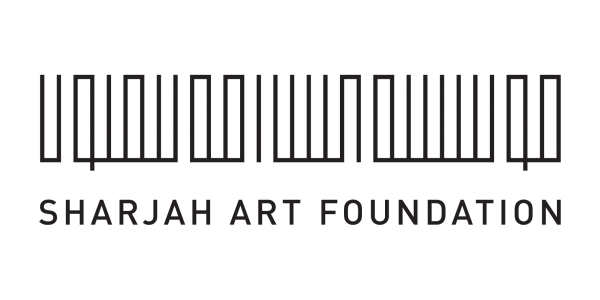


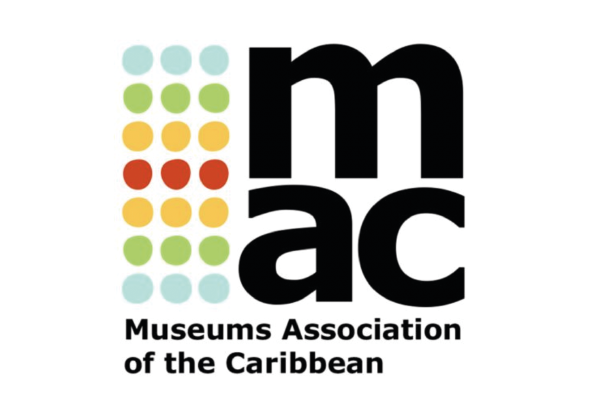
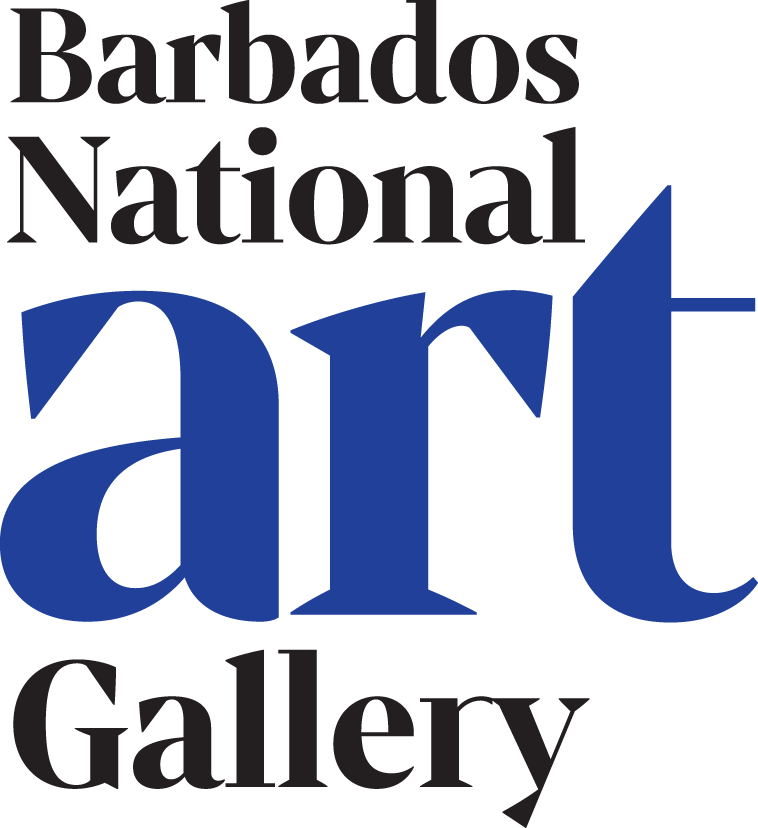
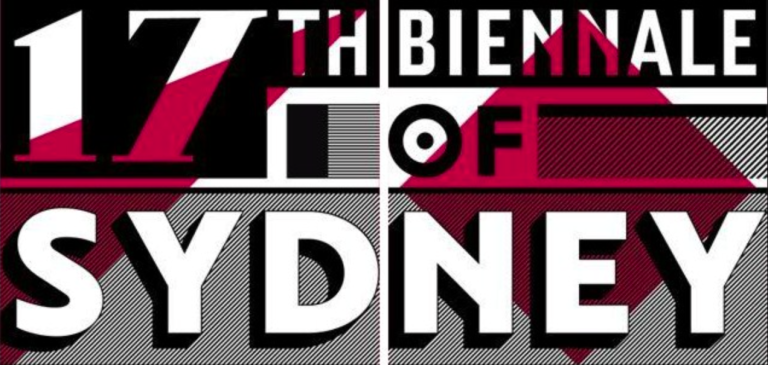
Explore Further
Explore Further
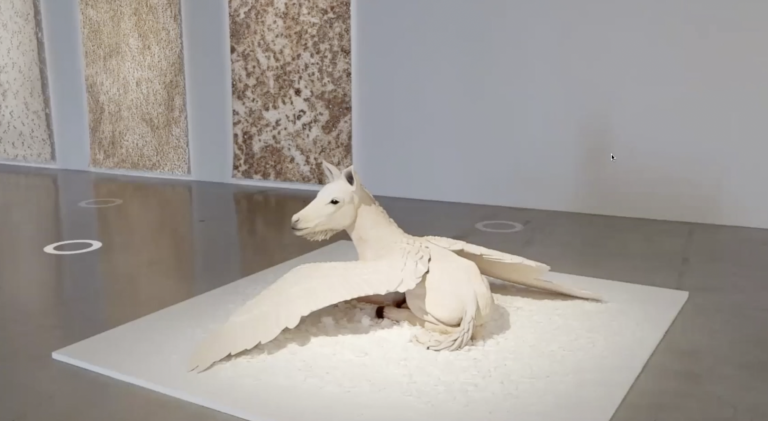
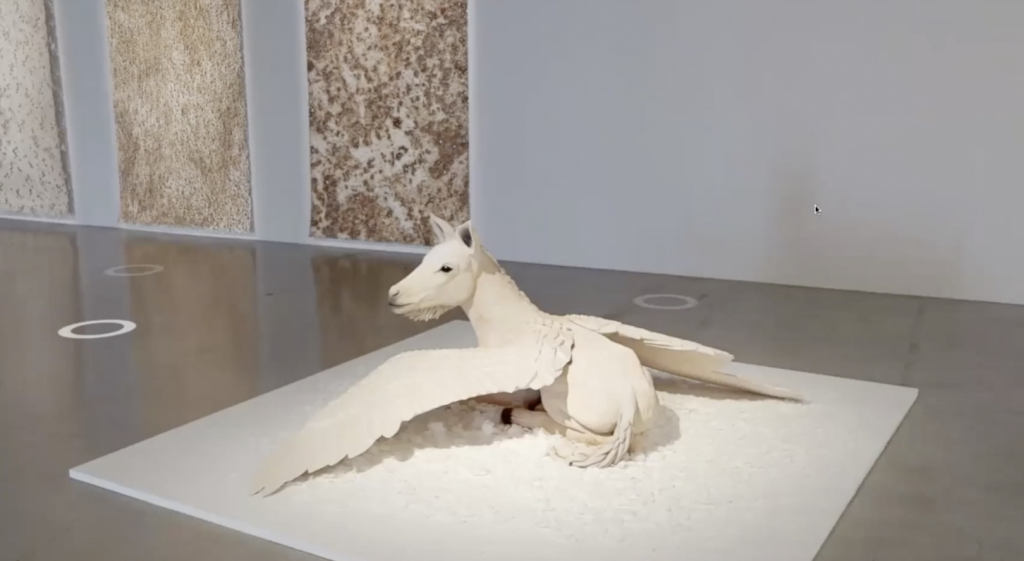
Abdul-Rahman Abdullah: Diaspora Pavilion 2 Artist in Conversation (Transcript)
